QuestionMy 4th grade student is doing an independent study project about chihuahuas. She is required to do an interview as part of the research process. THIS IS NOT HOMEWORK. It is a source of information for her. Would you please answer her questions? Thanks in advance.
1. Why do chihuahuas need plenty of play time?
2. Why do chihuahuas with shrot hair shed more than long haired chihuahuas?
3. Why are chihuahuas aggressive with other pets?
4. Why do chihuahuas have a molera on the top of their heads?
5. Does the molera close when they get older?
6. Why are they named after a state in Mexico?
7. Why do dogs have an age in dog years and not human years?
8. How long can chihuahuas live?
9. Why are their noses pushed down?
AnswerHi Jill;
I will do better than that.
I really can't answer all those questions correctly, so I searched for sites that would answer them with authority.
Have her check out these sites.
Tell her I said, "Good luck on her paper"
Oops, she has to have an interview.
Ok, let's do it this way.
-----------------------------------------------------
Hi ( her name), I will be glad to tell you what I can about Chihuahuas.
!.Chihuiahuas are an energetic breed, and require a chance to play and be active a lot.
They are a very affectionate breed, and bond very closely to their people, so they need a lot of attention from you.
2. I have not heard that short haired Chis shed more then the long haired ones. I think this is some wrong information.
Chihuahuas are a good breed for people with allergies because theyr coats produce less dander than some other breeds, and it is the dander that causes the sllergies to act up.
3. Chihuahuas are aggressive to other pets and to people, if they are not properly trained.
Too many people get a small dog, and assume, since they cannot do extreme damage, they don't need as much training as larger breeds.
Nothing could be further from the truth. Just like a human child, ANY breed of dog can be aggressive to others, if they have no training.
People with very small breeds often spoil them rotten, and like spoiled human children, they become brats.
I have known too many chihuahuas that got along fine with other animals in the same home with them.One of my friends has a Chi whose best friend and playmate is the cat next door.
4 & 5.A molera is a "hole" in a Chihuahua's head; it is the same as a fontanelle in human babies. Historically, the Chihuahua as developed in Mexico and the United States has displayed a "hole in the head". In times past, this has been accepted as a mark of purity for this dog breed, and it is still mentioned in most Chihuahua breed standards the world over.
The bones of the head in all foetuses are not firmly knitted together, but in most mammals, the different bones of the skull join with cartilaginous sutures as the animal matures.
6.Chihuahua dogs trace their ancestors to the Aztec civilizations in Central America and Mexico.
The Chihuahua is the smallest dog breed in the world. It is named after the Chihuahua State in Mexico.
Current historical thought says the Chihuahua, like the horse, was brought to Mexico by settlers from Spain. They may have come through trade routes from China. Other theories claim the Chihuahua came from Egypt. So, the origination is kept secret for lack of documentation.
7.Because someone somewhere decided they had to compare the age of dogs in terms of human years.
This is not an accurate way to measure their age, as different breeds have different life expectancies.
Some breeds have a life expectancy of 5 to 6 years, and this goes all the way up to breeds that have a life expectance of 15 to 16 years.
The kind of diet and health care they have can affect this greatky.
With poor or no care, they can be very old and die at only a few years, where with excellent helth care, a lot of love and their needs being seen to , they can live 3 or 4 years longer then their expected life span.
There are too many varients to call this an accurate measurement.
8.
This toy dog has, on the average, the longest life of any group. There was once a report of a champion attaining the ripe old age of 19, Another Chihuahua, owned by a lady in chicago, died at the age of 18. This should provide proof that they are a rugged breed.
9.This is the standards for a well bred Chi.
Size, Proportion, Substance
Weight A well balanced little dog not to exceed 6 pounds. Proportion The body is off-square; hence, slightly longer when measured from point of shoulder to point of buttocks, than height at the withers. Somewhat shorter bodies are preferred in males. Disqualification Any dog over 6 pounds in weight.
Head:
A well rounded "apple dome" skull, with or without molera. Expression Saucy. Eyes Full, but not protruding, balanced, set well apart-luminous dark or luminous ruby. (Light eyes in blond or white-colored dogs permissible.) Ears Large, erect type ears, held more upright when alert, but flaring to the sides at a 45 degree angle when in repose, giving breadth between the ears. Muzzle Moderately short, slightly pointed. Cheeks and jaws lean. Nose Self-colored in blond types, or black. In moles, blues, and chocolates, they are self-colored. In blond types, pink nose permissible. Bite Level or scissors. Overshot or undershot bite, or any distortion of the bite or jaw, should be penalized as a serious fault. Disqualifications Broken down or cropped ears.
Neck, Topline, Body
Neck Slightly arched, gracefully sloping into lean shoulders. Topline Level. Body Ribs rounded and well sprung (but not too much "barrel-shaped").
Tail Moderately long, carried sickle either up or out, or in a loop over the back, with tip just touching the back. (Never tucked between legs.)
Disqualifications Cropped tail, bobtail.
Forequarters
Shoulders Lean, sloping into a slightly broadening support above straight forelegs that set well under, giving a free play at the elbows. Shoulders should be well up, giving balance and soundness, sloping into a level back. (Never down or low.) This gives a chestiness, and strength of forequarters, yet not of the "Bulldog" chest. Feet A small, dainty foot with toes well split up but not spread, pads cushioned. (Neither the hare nor the cat foot.)
Hindquarters
Muscular, with hocks well apart, neither out nor in, well let down, firm and sturdy. The feet are as in front.
Coat
In the Smooth Coats, the coat should be of soft texture, close and glossy. (Heavier coats with undercoats permissible.) Coat placed well over body with ruff on neck preferred, and more scanty on head and ears. Hair on tail preferred furry. In Long Coats, the coat should be of a soft texture, either flat or slightly curly, with undercoat preferred. Ears-Fringed. (Heavily fringed ears may be tipped slightly if due to the fringes and not to weak ear leather, never down.) Tail-Full and long (as a plume). Feathering on feet and legs, pants on hind legs and large ruff on the neck desired and preferred.
Disqualification-In Long Coats, too thin coat that resembles bareness.
Color
Any color-Solid, marked or splashed.
Gait
The Chihuahua should move swiftly with a firm, sturdy action, with good reach in front equal to the drive from the rear. From the rear, the hocks remain parallel to each other, and the foot fall of the rear legs follows directly behind that of the forelegs. The legs, both front and rear, will tend to converge slightly toward a central line of gravity as speed increases. The side view shows good, strong drive in the rear and plenty of reach in the front, with head carried high. The topline should remain firm and the backline level as the dog moves.
Temperament
Alert, with terrier-like qualities.
DISQUALIFICATIONS
Any dog over 6 pounds in weight.
Broken down or cropped ears.
Cropped tail, bobtail.
In Long Coats, too thin coat that resembles bareness.
--------------------------------------------
the website I got all this is at
http://mmpets.com/id23.htm
Go there if she needs more information.
That should get an A+.
Charlotte
PS:
I stste in my profile that I don't do homework.
Oftn we get questions from college students that from their questions and what they ask for, it is obvious they want their homework researched by someone else so they can go party instead of working.
I search a lot for information for my grandchildren.
They are very good with computers, but because of a limited, but very good for their age, vocabulary, I can think of more key words to use to search faster.
I get the information, as I have for your daughter, then they do their OWN work putting it together for the papers they are doing.
While they are doing the papers, they learn because the information is being put into their heads, hopefully I have provided information in an interesting enough way that it will be more prmanently in their memory.
C

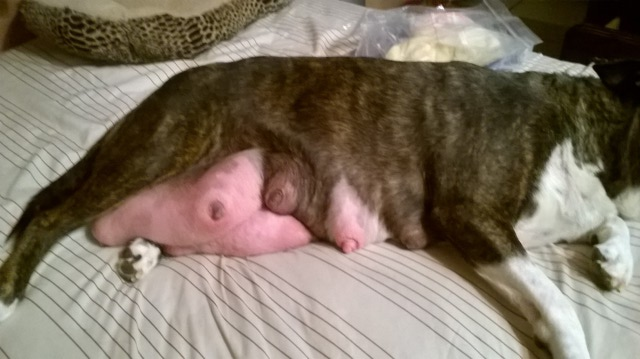 Engorged Breasts
Question
mamma
My Friends Dog Had A Litter About
Engorged Breasts
Question
mamma
My Friends Dog Had A Litter About
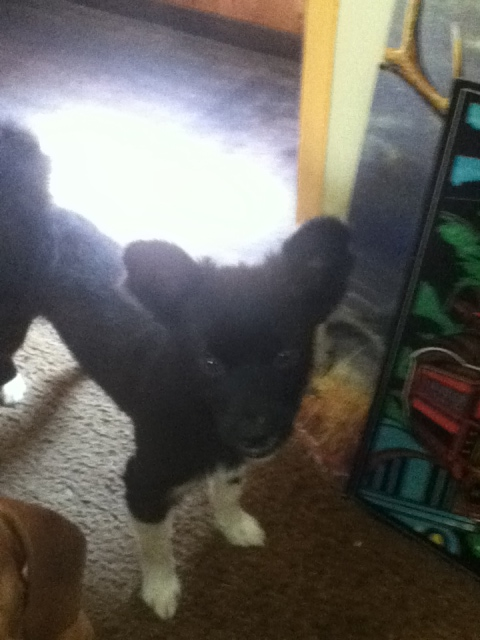 ideas of what breed dog this is?
Question
dog dog
i was wondering if anyone
ideas of what breed dog this is?
Question
dog dog
i was wondering if anyone
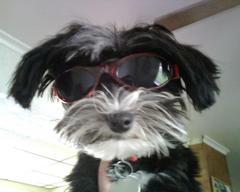 My 1 year old Yorktese is paper trained but goes pee in the middle of the kitchen floor
Question
QUESTION: I have a wonderful 1 year old
My 1 year old Yorktese is paper trained but goes pee in the middle of the kitchen floor
Question
QUESTION: I have a wonderful 1 year old
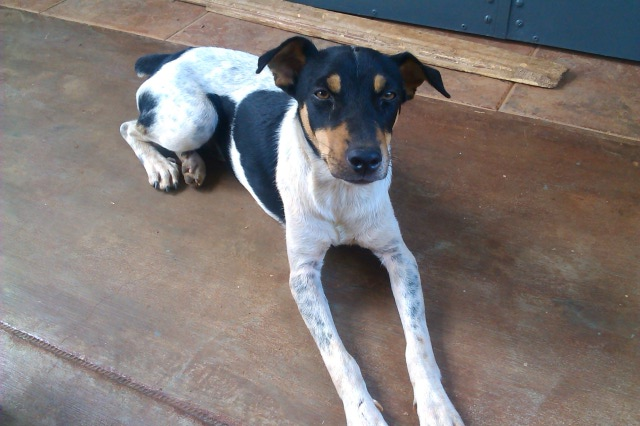 Dog breed confusion
Question
photo of Toby 1 photo of Toby 2
H
Dog breed confusion
Question
photo of Toby 1 photo of Toby 2
H
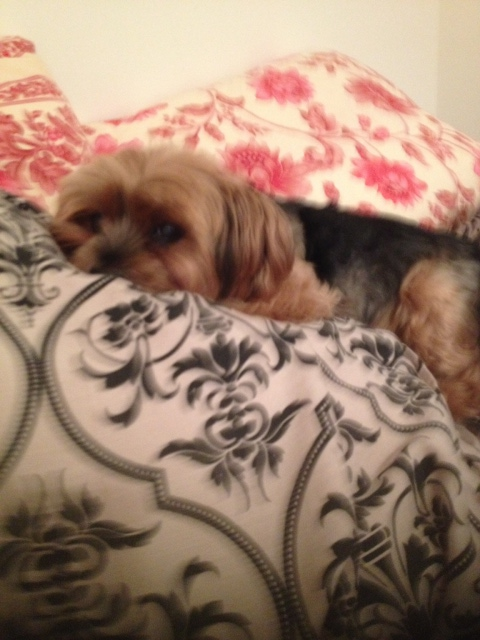 Cant afford medical care for my yorkie
Question
Mr. Bojangles BoBo
Hi, I adopted
Cant afford medical care for my yorkie
Question
Mr. Bojangles BoBo
Hi, I adopted